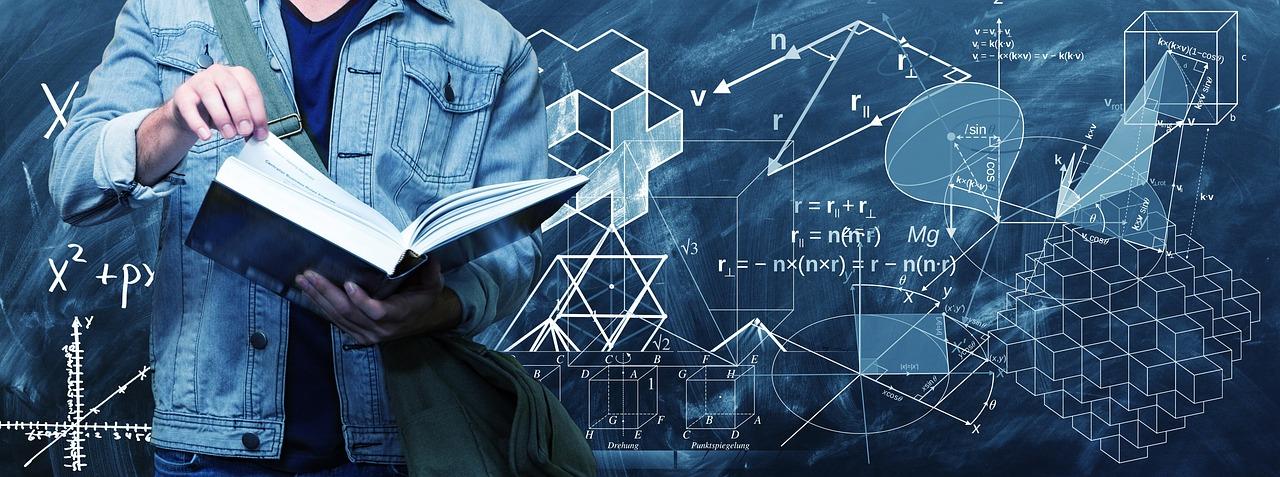
Art Fractals
by Alisson Suito
This lesson is based on the Fibonacci sequence. Overlapping concepts of pattern, repetition, structure, scale, proportions are considerations for constructing an artistic, math-based sculpture.
Objectives:
Engineer a successful structure that repeats a sequence present in the natural world (or geometry or algebra).
Calculate the correct proportional increase of the pattern.
Evaluate and select effective materials for a purpose.
Demonstrate artistic and technical skills when problem solving.
Present the project to your audience.
Lesson Plan Link/URL
https://docs.google.com/presentation/d/141YwPW6VQmGYK7dE0Wxid4Qdc1nTH_dA/edit?u…Subject Area
Engineering S2: Apply the Engineering Design Process S6: Apply Communications to Engineering Mathematics Geometry (G) Ratio and Proportion (RP) Algebra (A)
Featured
Off
Related Content

Grades:
6th Grade, 7th Grade, 8th Grade
Model Building For Disaster is a 4-6 week unit in which students research natural disasters around the world and their effect on developing countries. Following their research, student teams design

Grades:
3rd Grade, 4th Grade, 5th Grade, 6th Grade, 7th Grade, 8th Grade, 9th Grade, 10th Grade, 11th Grade, 12th Grade
In this hands-on lesson, students apply their understanding of the engineering design process to build a tower made of index cards that can hold an object. There is a link to a prerequisite lesson

Grades:
3rd Grade, 4th Grade, 5th Grade, 6th Grade, 7th Grade, 8th Grade, 9th Grade, 10th Grade, 11th Grade, 12th Grade
In this engaging lesson, students explore how size, strength, weight and time constraints can impact space transportation. There are a variety of resources included with this lesson.